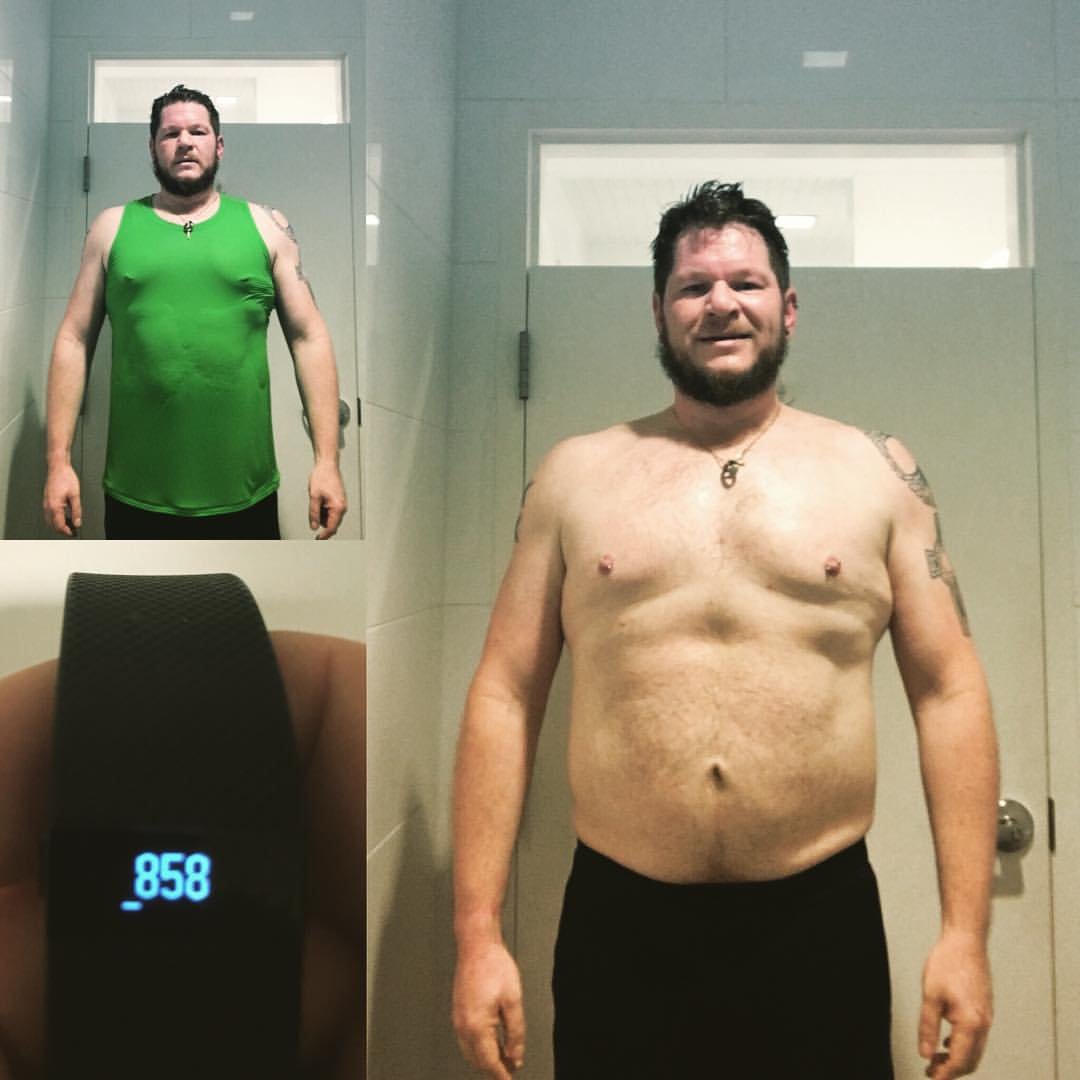But The App Says To Eat More…
The other day a good client of mine and I were having an impromptu check in. He was expressing frustration that the scale wasn’t moving in the direction he felt it should. He has some health complications so his workouts are challenging for him, and he rides an e-bike several times a week. He uses My Fitness Pal to track his exercise and consumption, and that’s where we figured out some things for him.
Most apps and wearables grossly overestimate the number of calories burned during exercise. There are a number of studies that show this. For the most part, your Apple Watch, FitBit, or even Garmin are good at tracking heart rate even during intense exercise, but when it comes to the number of calories burned, they use a generalized formula, usually based strictly on age and gender and maybe current body weight if you track it. The formula they use isn’t necessarily wrong, but it isn’t exactly right either.
I used to do SoulCycle and I’d post my FitBit after class, almost always 600 calories sometimes as high as 900 in a 45ish minute class. That is A LOT of calories for such a short amount of time. And by logging in that activity with the FitBit app, it would often increase my calorie consumption for the day because I had burned an additional 750 calories beyond my allotted daily intake based on my basal metabolic rate (the number of calories at your current body composition that your body needs simply to survive) and whatever kind of deficit I was trying to eat towards. I would sometimes be told I could eat almost 4000 calories! And still lose weight! because I had “burned” all these other calories.
Well, I can tell you that I would sometimes eat back my extra calories. I would sometimes try my best not to. I would often be confused as to whether or not I should. That’s when I did the dive into how accurate are the wearables and apps on all this, and the answer, not surprisingly, is not good.
The typical person can probably count on about 200-300 burned calories from most activities they do. Some may burn more. Some will burn less. Because every human body is different, we can’t really know for sure. So when SoulCycle or Orange Theory promises to burn up to 1000 calories per class, they aren’t lying but they are being purposefully opaque. Wearing a heart monitor and extrapolating that data can give you a calorie burn, but “individual results may vary.”
So when my client told me he lists his bike rides as moderate exercise and MFP tells him he burned 400 calories so he allows himself a little bigger snack that night, I told him, “well, let’s start there. Don’t eat extra on those days. And you probably don’t burn that many calories.”
If you’re trying to lose fat and you’re in a reasonable deficit, any exercise you do will build on that deficit. Sometimes it will help at a different point in the month if you splurge at a restaurant, but you’ll stay remain in a net deficit. Apps and wearables make it a lot easier to keep in mind the amount of activity we do, but remember they aren’t 100% accurate and should be more of an encouragement and less of a fact.


